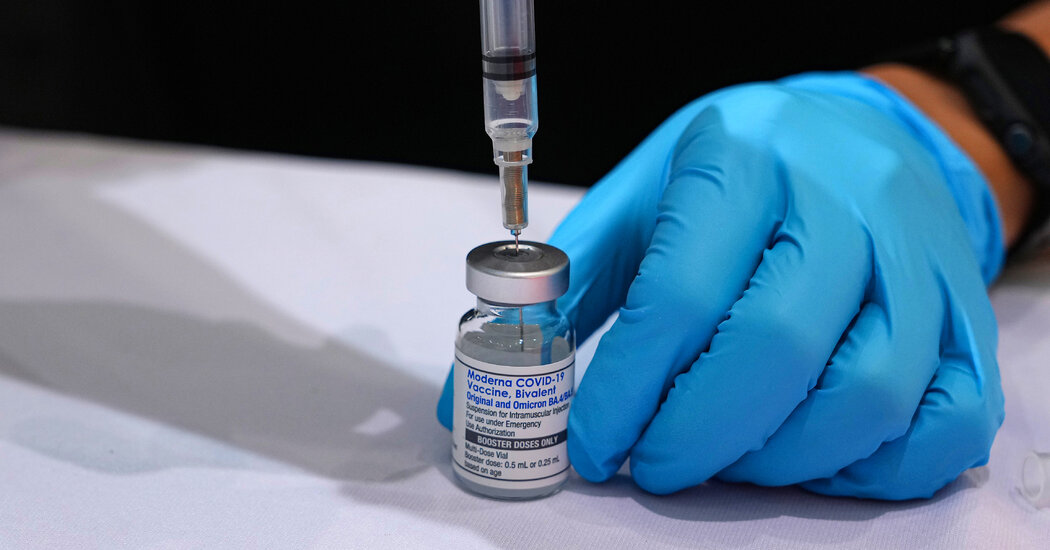Kilauea Volcano Erupts With ‘Incandescent’ Glow in Hawaii
Kilauea, the youngest and most active volcano on the Big Island of Hawaii, erupted early Wednesday morning, officials said, sending fountains of lava spewing skyward before pooling and spreading across its summit.
The U.S. Geological Survey’s Hawaiian Volcano Observatory detected a glow in the web camera of the Kilauea summit and said the volcano began erupting around 4:44 a.m. local time. Less than an hour later, the lava created a brilliant black-and-orange web across the crater’s floor. As dawn broke, a livestream showed lava still bubbling but its surface beginning to harden.
“The spreading across the floor of the crater was just totally incandescent,” Ken Hon, the scientist in charge of the observatory, said in an interview. “The fountaining and everything is pretty incredible.”
In a statement, the observatory said it was elevating Kilauea’s volcano alert level to a watch from a warning, and its aviation color code to red from orange “as this eruption and associated hazards are evaluated,” adding that “the opening phases of eruptions are dynamic.”
The observatory said that the volcano activity was confined to Halemaʻumaʻu, the volcano’s main crater, and that there were no major threats to infrastructure or human life. Dr. Hon said the only threat was the gas fumes coming off the volcano.
The eruption wasn’t caught only on web cameras. A National Oceanic and Atmospheric Administration satellite captured the eruption as heat, ash and sulfur dioxide were suddenly released into the atmosphere.
Kilauea first formed underwater roughly 280,000 years ago, according to the National Park Service, and it is considered to be a fairly typical shield volcano, named for its gentle slopes that resemble a shield lying on the ground.
Kilauea is the smaller, younger sibling to Mauna Loa, the world’s largest active volcano, which began erupting last year for the first time in four decades but stopped in December. There has been “no significant activity” at Mauna Loa in the past month, the observatory said.
Kilauea erupted almost continuously from 1983 to 2018, when it set off the most destructive eruption of its recorded history. Dr. Hon said Kilauea “has been kind of relaxed” since its 2018 eruption, when “so much lava was lost from the summit.”
It became active again in 2020, and Wednesday’s summit eruption was Kilauea’s fourth in three years. The first lasted from December 2020 through May 2021, the second from September 2021 to December 2022, and the most recent began in January and lasted through the beginning of March.
The eruptions started “rather abruptly,” Dr. Hon said, sometimes with only an hour’s notice. But over the past month, Kilauea began to send some clues.
First, the angle of the volcano began to swell “quite dramatically,” Dr. Hon said. Then, earthquake activity began to pick up. But that was not enough to signal that an eruption was imminent.
On Tuesday night, the earthquakes increased and the swelling grew. Around 3:30 a.m., the observatory recorded a 3.5-magnitude earthquake and “then a rapid fire” of low- and high-frequency quakes, Dr. Hon said, adding that scientists typically interpreted that to mean that magma was cracking its way to the surface.
In the years since the 2018 eruption, the volcano “needed to be pumped back up,” he said, adding that “the first place that happens is in the summit.”
Dr. Hon said it was too soon to say how long this eruption would last, but because there was a “good four months’” worth of lava storage, “that could keep the system going and open for quite a while.”


